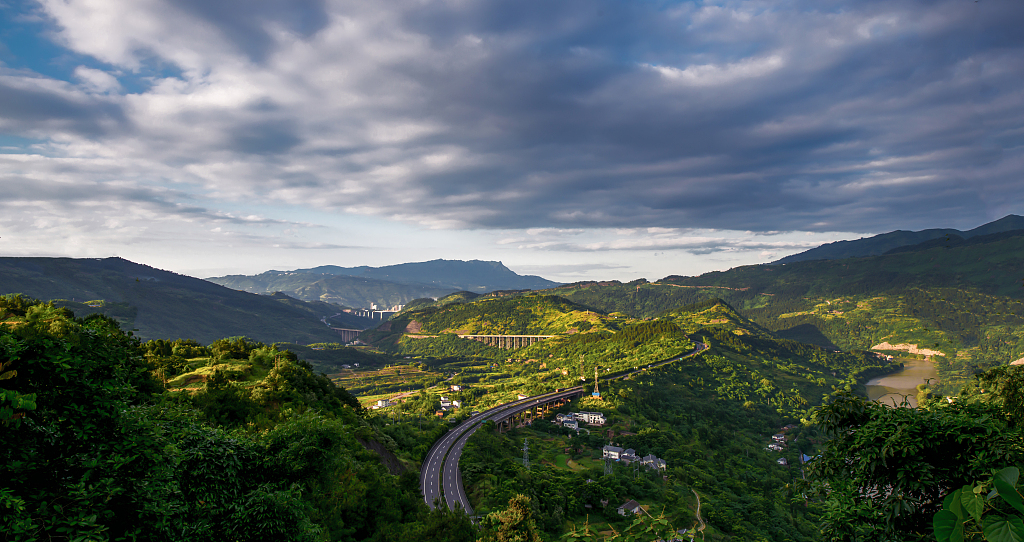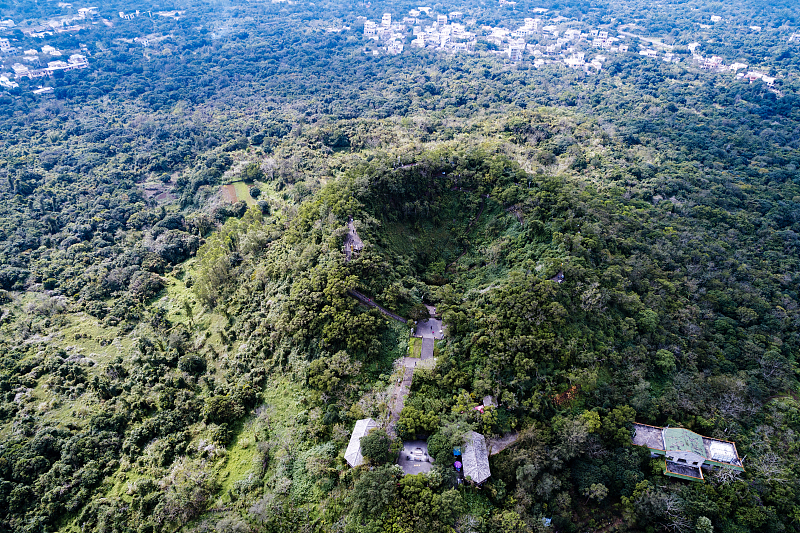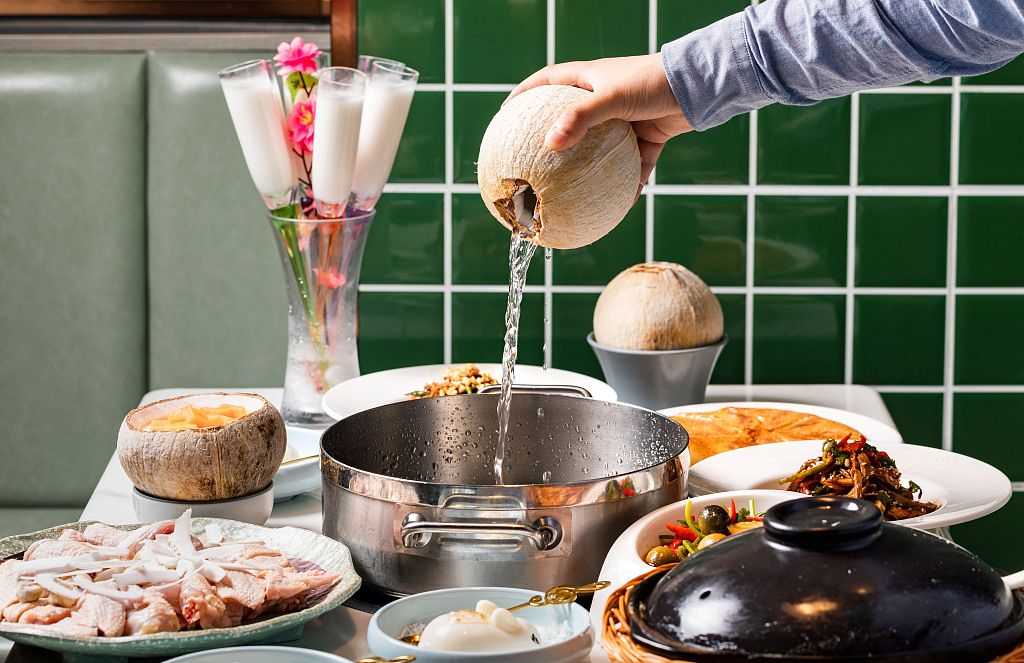
A brief guide to Haikou: the pearl of Hainan island
A brief guide to Haikou: the pearl of Hainan island
Editor's note: Traveling offers the chance to witness stunning landscapes and experience wonderful cultures. CGTN is bringing you a collection of travel guides to some of the greatest destinations along China's expressways, with the hope of inspiring you to hit the road and explore the charm of the country by car.
Sun, waves, beaches, coconut groves. Haikou has everything. This beautiful coastal city on China's Hainan Island is also called Coconut City because of its abundance of coconuts.
Although Hainan Island is more than 2,500 kilometers away from the northernmost city of China, distance doesn't prevent people from all over the country to visit for vacation and wedding photos.
Located in the tropics area, Haikou has diverse tropical resources including rubber trees, palms, lychees, and mangoes.
History
Since the opening of the port in the Northern Song Dynasty, the city has long been an important location along the coastal area. Haikou was the port of Qiongshan, the ancient administrative capital of Hainan and in its early days it belonged to Guangdong Province. Later, in the 13th century, it became a military post. When Qiongshan opened to foreign trade in 1858, Haikou developed faster, overcoming the old city.
Haikou was established as a city on December 9, 1926 and liberated on April 23, 1950. On April 13, 1988, Hainan established a provincial special economic zone.
Culture

The "Flower-changing Festival" originated from the "Incense-changing Festival." /CFP
The "Flower-changing Festival" originated from the "Incense-changing Festival." /CFP
Haikou is known for the "Flower-changing Festival" originating in the "Incense-changing Festival." At the end of the Tang Dynasty (618-907), Haikou already had the incense-changing festival on the fifteenth day of the first lunar month and the Lantern Festival every year. "Changing incense" implies that local people exchange incense, which means blessing each other fortune.
In 1984, due to safety considerations, the folks in Haikou changed the name to "changing flowers," which gradually became the main activity for people to celebrate the Lantern Festival.

Lanzhou-Haikou Expressway connects northwest China's Lanzhou City in Gansu Province and Haikou. /CFP
Lanzhou-Haikou Expressway connects northwest China's Lanzhou City in Gansu Province and Haikou. /CFP
Lanzhou-Haikou Expressway connects northwest China's Lanzhou City in Gansu Province and Haikou. The 2,570 kilometers expressway passes through six provinces, municipalities, and autonomous regions and is one of the very important roads in the country's high-speed transportation network.
Destination

Haikou Volcano Cluster National Geological Park. /CFP
Haikou Volcano Cluster National Geological Park. /CFP
Haikou Volcano Cluster National Geological Park covers approximately 108 square kilometers of rural areas. The main attraction here is an ancient tourist park surrounded by an extinct volcano. After passing by the food stalls and gift kiosks, tourists can walk to the volcanic crater in the lush botanical garden, then climb up, all the way to a high point to enjoy a panoramic view of the countryside.
Food

The local Hainanese chicken stew is a must-try. /CFP
The local Hainanese chicken stew is a must-try. /CFP
The local Hainanese chicken stewed in fresh and sweet coconut milk is a local specialty and a must-eat for tourists.
Compared to hot pot made with heavy oil, coconut chicken is fresh and healthy, especially suitable for spring and summer. This coconut chicken is nutritious and has unique characteristics. It is a good choice for those just now venturing into Chinese food.

